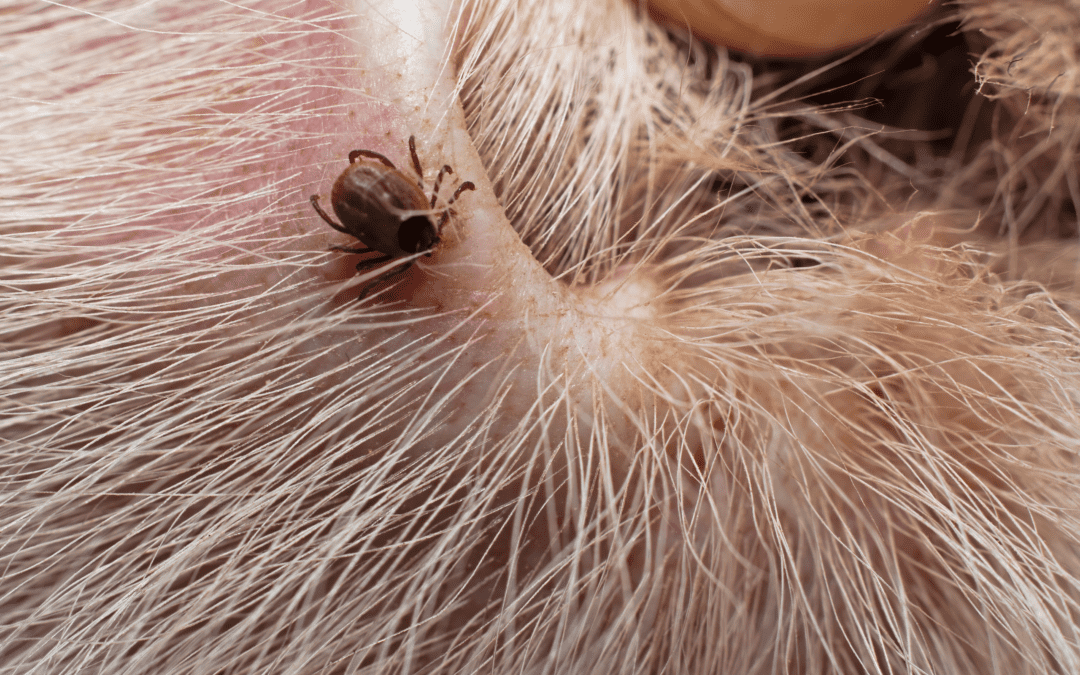READY TO GET STARTED?
REQUEST A FREE ESTIMATE
Fill out the form below or call (855) 789-9807 for a free, no-obligation estimate.

Fleas and ticks can harm our family and pets, latching onto us for a blood meal. While these pests are small, they come with big health risks by transmitting diseases. As warmer weather continues outside, these pests will do the same, thriving in South Florida’s climate. Fleas and ticks often get confused with one another, so it’s helpful to understand the difference between the two so you can keep your family protected.
Fleas are wingless with a reddish-brown, flattened body. Adult fleas will range up to 1/6 of an inch in length. These creatures have mouthparts that are adapted for sucking blood from a host. What is unique about fleas is that they have long, strong back legs that allow them to jump repeatedly from one host to another. A common indication that your pet has fleas is noticing them repeatedly scratching and grooming themselves. Likewise, for humans, fleas will leave behind itchy bite marks on the skin. Another sign is spotting flea feces, or flea dirt, throughout your home. Flea dirt looks like coarse ground black pepper and is typically found in areas where a pet rests.
Depending on their species, ticks come in a variety of sizes and colors. There are two groups of ticks to look out for: hard ticks and soft ticks. The most common tick species in North America include the deer tick, lone star tick, brown dog tick, and American dog tick. While these ticks may look different, they are all seeking a blood meal and a humid place to habitat. They are often found in wooded or vegetated areas. When they find a host, they will typically latch onto the face, legs, armpits, belly, and even in-between toes!
Taking precautions before you leave home with your family or pet can help reduce the chances of a flea or tick infestation. Here are a couple of preventative measures you can take to prevent fleas and ticks from biting you, your family, and your pets: